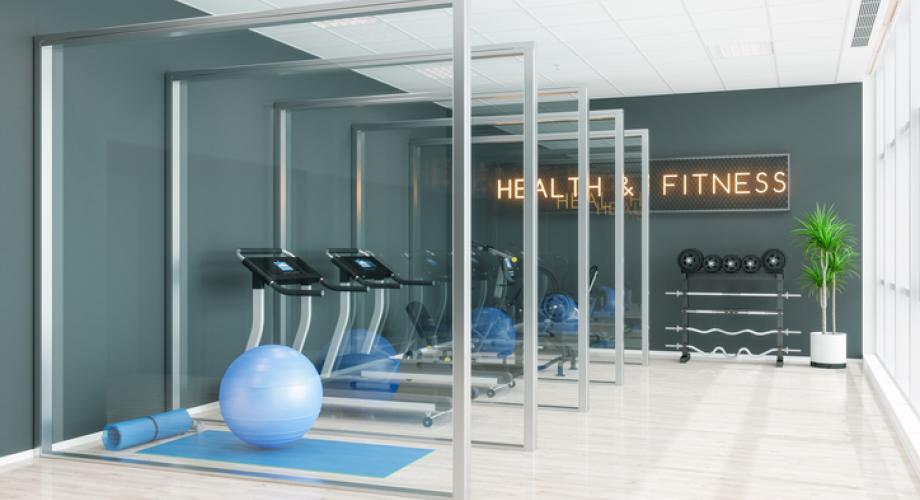The pandemic will continue to shape amenity priorities well into the future.
By Doug Pike
When the Covid-19 pandemic first arrived, amenity closures were among the first direct actions taken by apartment communities. The months-long process of reopening those common areas has exposed the evolving needs of residents and the lasting imprint the pandemic will undoubtedly have on multifamily.
NAA’s APTvirtual session, “Amenities Reevaluated in Post-pandemic Times,” led by moderator Syd McDonald, Senior VP of Sales for Valet Living, assessed the impact that the pandemic has had on amenities and how it is shaping amenity priorities moving forward.
“As an industry, our first priority was how to keep our employees and our residents safe,” said Sheri Druckman, VP of SRG Residential. “Right out of the gate, we implemented really strict sanitation guidelines and, if you hadn’t already, you immediately implemented online leasing, online rent paying and virtual tours.”
Druckman said that once amenities began to reopen in phases, most properties introduced precautions such as digital reservation systems, capacity restrictions, repurposed common areas with staggered seating, mandated social distancing and virtual event alternatives. The struggle has been finding ways to retain a sense of community with so many ongoing efforts to keep residents safe and separated.
“We really wanted to keep that resident connection alive, so all of the events that we typically would have done in person, we had to restructure and do virtually,” Druckman said. “You saw a lot of virtual fitness classes, movie screenings, virtual happy hours and even cooking demonstrations.”
Adapting to New Resident Needs
While communities adapted to reinstate amenity use following initial closures, they also had to accommodate a wave of new resident demands. Druckman said renters have placed a priority on high-speed internet, home office space, private outdoor spaces, valet trash and recycling services, touchless systems, soundproof walls, in-unit laundry, delivery and food services, and package storage capacity.
Nancy Goldsmith, Managing Director of Bozzuto Management Company, said the changes on the site level since the start of the pandemic have been significant enough to force developers to rethink their amenity and property designs moving forward.
“We think a lot about the design of our communities, and we know that our communities look a lot different than they did eight months ago,” said Goldsmith, who noted that a survey of Bozzuto’s resident advisory panel found that 78% of residents plan to continue to work remotely after the pandemic. “Working from home is here to stay. That puts a lot of pressure on how we design our apartments. We’re thinking about the natural light. We’re thinking about our working parents and how they have to multitask. Internet is very important and we’re now offering internet as one of our incentives.”
Druckman said that in March the average gigabyte usage at SRG properties increased by 42%.
After working and schooling from home, the other major shift the industry has seen is in the number of goods residents are purchasing online and having delivered to their communities. In April and May, SRG’s mail and package volume rose to 7% higher than the 2019 holiday season, Druckman said.
Goldsmith said 86% of Bozzuto residents now rely on online shopping and deliveries for at least some things, according to survey data. Of those surveyed, 51% said they are purchasing groceries online, which also increases the demand for cold storage in package rooms.
Tami Fossum, Executive Director of GEM Management, said that affordable and senior housing communities are seeing subtle variations on amenities as a result of the pandemic.
“We’re not usually going for sexy, like you will see in your Class A properties. We’re going for functionality,” Fossum said, noting that properties have to cater to their state’s Qualified Allocation Plan (QAP) in order to earn enough points to qualify for tax credits.
Fossom said affordable properties are now looking at security camera systems, community rooms, outside relationships offering supportive services, playgrounds, laundry rooms, fitness and wellness programs, and sometimes pools, depending on state QAP specifications. Senior housing communities are focused on fitness centers, recreation and community spaces, libraries, computer stations, outdoor conversation areas, controlled access technology and elevators.
The experts agreed that many of the changes and technologies brought about by the pandemic—including high standards of cleanliness, air purification systems, touchless proptech, connections to the outdoors, larger floor plans with flexible spaces, multipurpose convertible furniture, antimicrobial finishes, optimized technology, and a focus on health and wellbeing—are here to stay.
Doug Pike is a Content Manager for LinnellTaylor Marketing.
